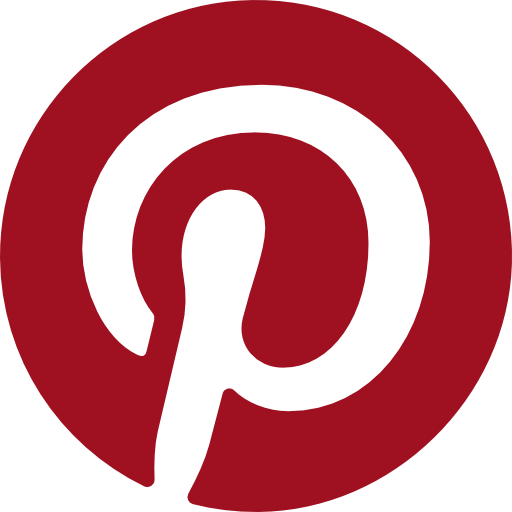Navigating Bike Path Signs in Europe: a beginners guide
Navigating Bike Path Signs in Europe is crucial if you’re gearing up for a cycling adventure here.
Here’s an idea of the basics to help you stay on the right path.
1. Route Numbers and Names:
Most European bike paths are well-marked with numbered routes or names corresponding to specific cycling networks. These signs are typically square-shaped and often colour-coded, making them easy to spot. For instance, the famous Danube Cycle Path is marked with “Donauradweg” or Eurovelo number 6. “R1” is the Jubliee bike path, a long-distance path in East Austria. Signage for Eurovelo routes is generally posted with the route number and the EU flag.



2. Directional Signs:
Directional signs are your best friends for keeping you headed in the right direction. They point you towards nearby towns, attractions, or other bike routes. Look out for arrows indicating the path ahead or turn directions at junctions. These signs vary from country to country; take care they are not behind overgrown bushes. It’s always a good idea to have a back up with a map, an app or a book of your route.



3. Warning Signs:
Safety first! Warning signs alert you to potential hazards ahead. From sharp turns and steep descents to pedestrian crossings and narrow passages, these signs vary by country; know the word for danger in each country. Watch for these to avoid any unexpected bumps along your ride.



4. Prohibitory Signs:
Don’t get caught off guard by signs that prohibit certain activities. For example, they might restrict motor vehicles, mopeds, or horse-drawn carriages on the bike path. A lot of bike paths share the path with walkers. These signs may be in the local language, so make sure you have a translation app handy.



5. Informational Signs:
Need to know more about local attractions or services? Informational signs detail nearby amenities like rest areas, bike repair shops, or historical landmarks. They’re square-shaped and often accompanied by symbols or pictograms for easy recognition.



6. European Sign Confusion:
Some symbols in European signage can be puzzling for those unfamiliar with them. Look for signs indicating cycling priority lanes, bike-only zones, or crossings intersecting with pedestrian paths. A simple sign, a circle with a bike in the middle and a red border, actually means no bikes, which many people think is the opposite. Familiarising yourself with these signs before your journey can save you from confusion down the road.



In Conclusion:
Mastering European bike path signs is key to enjoying a smooth and safe cycling tour. Remember to pay attention to route numbers for navigation, heed warning signs for safety, and look out for directional and informational signs to add interest to your trip.









